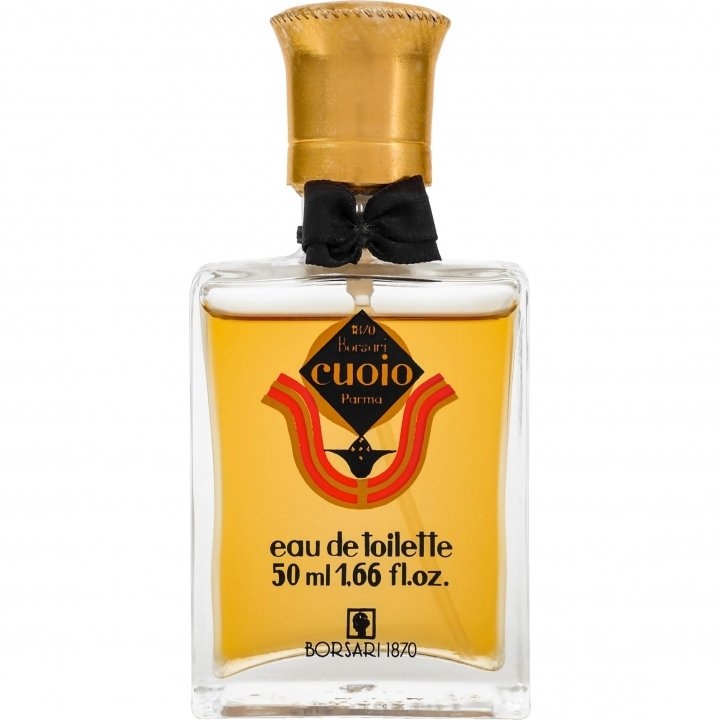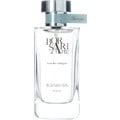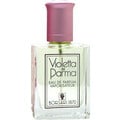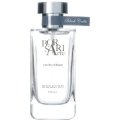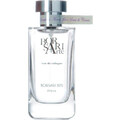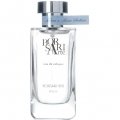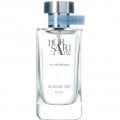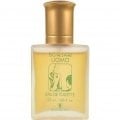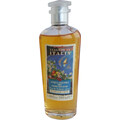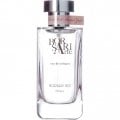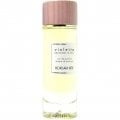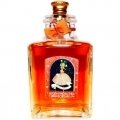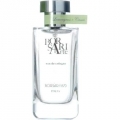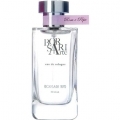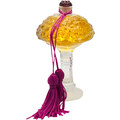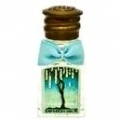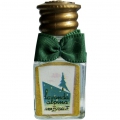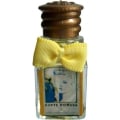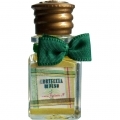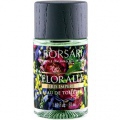10/23/2021

MonsieurTest
29 Reviews
Translated
Show original

MonsieurTest
Top Review
45
The soft scent of dictatorships
1933 was a good year. Only a parfumo can think, write and publish such an insane sentence. And he can only mean this, if he is morally sane, from a perfume-historical point of view. 1933 was not the only year in which this wonderfully soft, mildly spicy leather fragrance appeared. In the year in which the Nazis seized power in Germany in January, Guerlain's 'Sous le Vent' and 'Vol de Nuit', Caron's 'Fleur de Rocaille', Houbigant's 'Présence', Lanvin's 'Scandal', moreover, Patou's 'Divine Folie' and Weil's 'Secret de Venus' saw the dim light, or nearer: the noses of the world; in Spain, moreover, Myrurgia's 'Embrujo de Sevilla' and the still-available, delightfully refreshing, gentle cheap cologne 'Gotas de Ora'.
In Germany, 'Mousons Lavendel' and Sir Cologne by 4711 appeared in the year the Weimar Republic died and Nazi terror took over, and in all the aforementioned countries beyond that, some lesser-known, previously extinct fragrances, as our excellent Parfumo database reveals to the history-conscious perfumer at a few clicks. The history year of horror was thus the birth of numerous fragrance classics, a large proportion of which - from Guerlain's 'Sous le Vent' to the Borsari leather fine fragrance to be honoured here - are now sadly extinct.
What else happened then, and what was far more important than the appearance of this extraordinary array of great fragrances that managed to last a long time, is traced by Uwe Wittstock's recently published book 'February 1933' primarily through the lives of important writers in those weeks of massive upheaval and political horror.
In Italy, of course, Mussolini's Fascists had already been at the helm since 1922, first as part of a centre-right coalition, then from 1925 onwards by means of ever further abolition of parliamentary rules of the game with dictatorial powers. Life for many people, especially for the Jewish population of Italy, however, only became worse and more unbearable in the course of the 1930s, also promoted by the fascist seizures of power in Germany, and later still in Franco's Spain.
In the midst of these ugly and, for many of those affected, ghastly times, many a luxury good nevertheless also flourished. As mentioned, some of the most beautiful classic modern fragrances were created throughout Europe at that time. And 'Cuio' by Borsari may well be counted among them. It is really impressive how, on a base of vetiver and sandalwood, an accord of soft, very slightly human-smelling leather is recreated here, which warmly envelops a heart of sandalwood. A kinship to the 8 years older Knize Ten is not to be denied; whereby the Borsari leather comes across softer and finer.
Presumably, birch tar aroma is also processed here as a classic leather note. And the whole thing is rounded off with the traditionally masculine notes of tobacco, patchouli and minimal animalic musk. Despite the usual force of pretty much all the fragrance components involved, the concert of these heavyweights here seems rather light and floating, rather buttery than aggressively radiating.
Yes, yes, this perfume smells a little old-fashioned; but in the best sense, that is: elegant, noble, natural. As well as: completely rounded. One would rather not imagine how it was worn with brown or black uniforms and leather boots in the use of higher cadres in the criminal attacks and state actions in 1933 and in the following years.
Today this exquisite 'Cuio' is apparently no longer available. What for friends of well-composed fragrances from wholly classic ingredients all times a loss means. 'Cuio' by Borsari allows one to wander through time. It evokes leaps of thought and trips down memory lane.
It had its origins in the most fatal and dark times of this country - as well as of its country of origin, Italy. Yet even in such adverse, evil times, beauty could miraculously flourish.
My heartfelt thanks goes to the dear Parfumo colleague killer bee for his filling of this and many other classic fragrances!
In Germany, 'Mousons Lavendel' and Sir Cologne by 4711 appeared in the year the Weimar Republic died and Nazi terror took over, and in all the aforementioned countries beyond that, some lesser-known, previously extinct fragrances, as our excellent Parfumo database reveals to the history-conscious perfumer at a few clicks. The history year of horror was thus the birth of numerous fragrance classics, a large proportion of which - from Guerlain's 'Sous le Vent' to the Borsari leather fine fragrance to be honoured here - are now sadly extinct.
What else happened then, and what was far more important than the appearance of this extraordinary array of great fragrances that managed to last a long time, is traced by Uwe Wittstock's recently published book 'February 1933' primarily through the lives of important writers in those weeks of massive upheaval and political horror.
In Italy, of course, Mussolini's Fascists had already been at the helm since 1922, first as part of a centre-right coalition, then from 1925 onwards by means of ever further abolition of parliamentary rules of the game with dictatorial powers. Life for many people, especially for the Jewish population of Italy, however, only became worse and more unbearable in the course of the 1930s, also promoted by the fascist seizures of power in Germany, and later still in Franco's Spain.
In the midst of these ugly and, for many of those affected, ghastly times, many a luxury good nevertheless also flourished. As mentioned, some of the most beautiful classic modern fragrances were created throughout Europe at that time. And 'Cuio' by Borsari may well be counted among them. It is really impressive how, on a base of vetiver and sandalwood, an accord of soft, very slightly human-smelling leather is recreated here, which warmly envelops a heart of sandalwood. A kinship to the 8 years older Knize Ten is not to be denied; whereby the Borsari leather comes across softer and finer.
Presumably, birch tar aroma is also processed here as a classic leather note. And the whole thing is rounded off with the traditionally masculine notes of tobacco, patchouli and minimal animalic musk. Despite the usual force of pretty much all the fragrance components involved, the concert of these heavyweights here seems rather light and floating, rather buttery than aggressively radiating.
Yes, yes, this perfume smells a little old-fashioned; but in the best sense, that is: elegant, noble, natural. As well as: completely rounded. One would rather not imagine how it was worn with brown or black uniforms and leather boots in the use of higher cadres in the criminal attacks and state actions in 1933 and in the following years.
Today this exquisite 'Cuio' is apparently no longer available. What for friends of well-composed fragrances from wholly classic ingredients all times a loss means. 'Cuio' by Borsari allows one to wander through time. It evokes leaps of thought and trips down memory lane.
It had its origins in the most fatal and dark times of this country - as well as of its country of origin, Italy. Yet even in such adverse, evil times, beauty could miraculously flourish.
My heartfelt thanks goes to the dear Parfumo colleague killer bee for his filling of this and many other classic fragrances!
33 Comments

